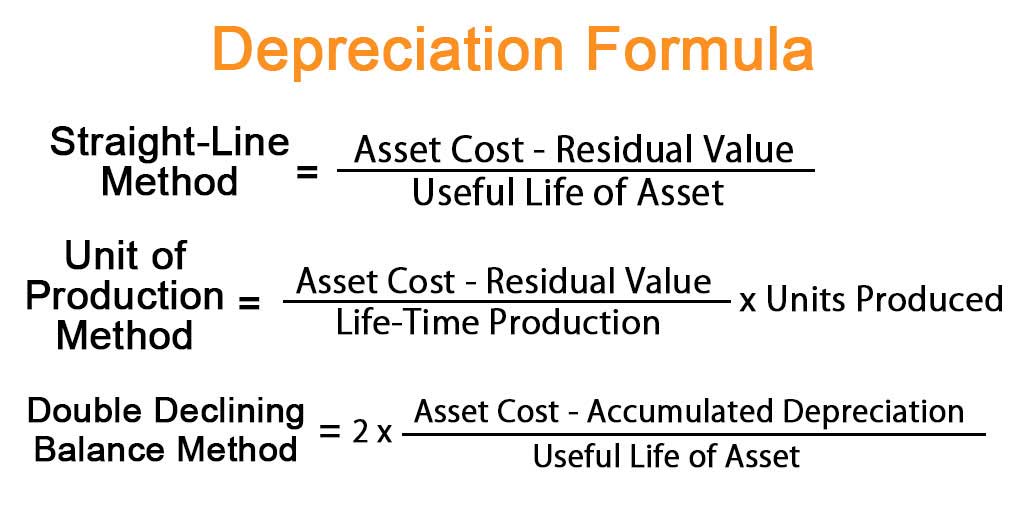The analytics review approach can also reveal fraudulent activity or balance sheet errors. In this case, businesses estimate the amount that should be in the accounts based on previous account activity levels. In order for reconciliation in account to be most effective in preventing errors and fraud, it’s important to conduct the process frequently.
Why Is Account Reconciliation Important?
Find direct deposits and account credits that appear in the cash book but not in the bank statement, and add them to the bank statement balance. Similarly, if there are deposits appearing in the bank statement but are not in the cash book, add the entries to the cash book balance. For example, a company maintains a record of all the receipts for purchases made to make sure that the money incurred is going to the right avenues. When conducting a reconciliation at the end of the month, the accountant noticed that the company was charged ten times for a transaction that was not in the cash book. Once the individual client ledgers and the firm’s trust account ledger are aligned, you can then reconcile the client ledgers and trust account ledgers with your trust bank account statement. Once you have access to all the necessary records, you need to reconcile, or compare, the internal trust account’s ledger to individual client ledgers.
- In the world of accounting, reconciliation is not just a term; it is an essential tool for ensuring accuracy, maintaining financial health, and fostering trust.
- The first step in bank reconciliation is to compare your business’s record of transactions and balances to your monthly bank statement.
- This is critical because any discrepancies left unaddressed could distort a company’s understanding of its financial health.
- The charge would have remained, and your bank balance would have been $2,000 less than the balance in your general ledger.
- For small businesses, the main goal of reconciling your bank statement is to ensure that the recorded balance of your business and the recorded balance of the bank match up.
And generating financial reports in Clio Accounting is a breeze, making your life, and your accountant’s life that much easier. Accounting software is one of a number of tools that organizations use to carry out this process thus eliminating errors and therefore making accurate decisions based on the financial information. Reconciliation of accounts determines whether transactions are in the correct place or should be shifted into a different account. It is a general practice for businesses to create their balance sheet at the end of the financial year as it denotes the state of finances for that period. Using accounting software will make it much easier to reconcile your balance sheet accounts regularly. There are several steps involved in the account reconciliation process, depending on the accounts that you’re reconciling.
How Often Should Individuals Reconcile Their Bank and Credit Card Statements?
For small businesses, the account reconciliation process helps identify revenue definition and meaning potential misstatements and ensures the accuracy of financial statements. For small businesses, the main goal of reconciling your bank statement is to ensure that the recorded balance of your business and the recorded balance of the bank match up. Legal software for trust accounting can help you track transactions and reconcile records and bank statements.
In this section, we look at some examples of accounts reconciliation to understand the scope of work involved in accounts reconciliation and the profit and loss tools that can help ease the process. As a result, companies can act swiftly to rectify these issues, protecting their financial health and integrity. This discrepancy could be due to outstanding checks or deposits that the bank hasn’t yet processed.
Cash balance in the ledger and bank account
If there are any differences between the accounts and the amounts, these differences need to be explained. Reconciling your bank statements allows you to identify problems before they get out of hand. Businesses and companies need to conduct reconciliation consultant invoice templates to ensure the consistency and accuracy of financial accounts and records within the business.
A common example of account reconciliation is comparing the general ledger to sub-ledgers, such as accounts payable or accounts receivable. This ensures that all transactions are recorded accurately and any discrepancies are identified and corrected. The first step in bank reconciliation is to compare your business’s record of transactions and balances to your monthly bank statement. Make sure that you verify every transaction individually; if the amounts do not exactly match, those differences will need further investigation. In general, reconciling bank statements can help you identify any unusual transactions that might be caused by fraud or accounting errors.
Debits and credits are truly the backbone of the double-entry accounting system, which states that every debit entry must have a corresponding credit entry for the books to remain in balance. Reconciliation in accounting is the process of reconciling the balance between two different sets of documents. Unfortunately, many businesses tend to overlook this very important process, which leaves their business vulnerable to costly errors and even fraud. This is true for both businesses and individuals, who should both verify every transaction individually, making sure the amounts match perfectly, and, if not, making note of any differences that need further investigation.



